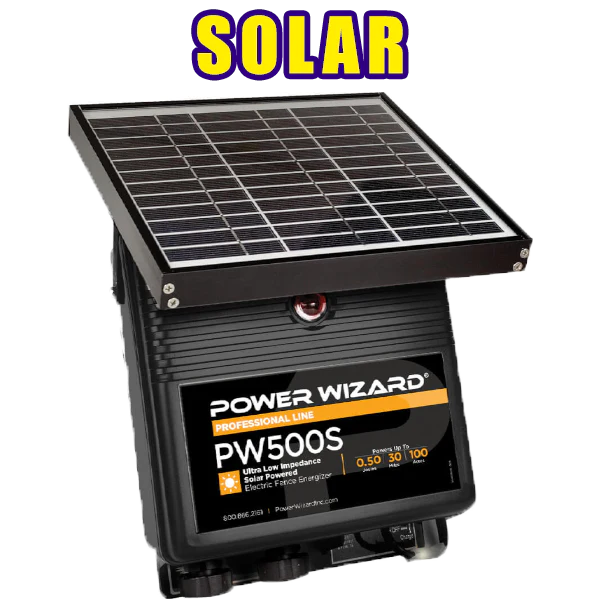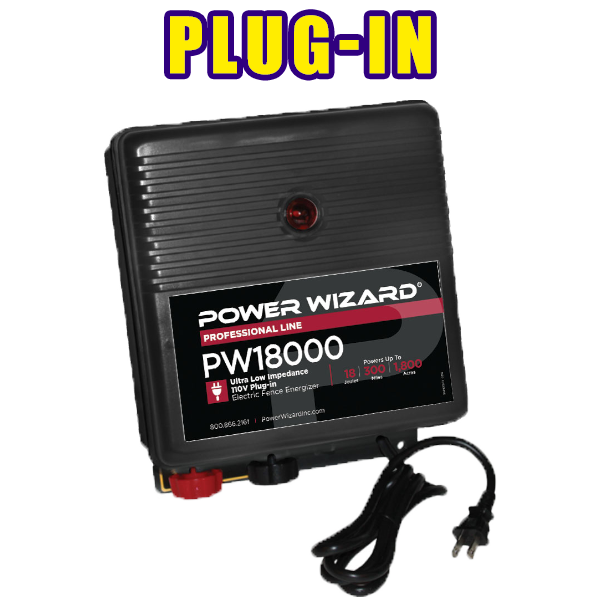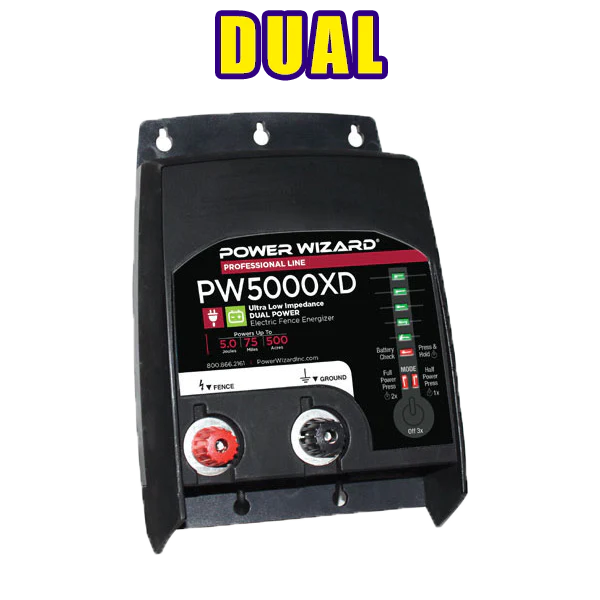When it comes to choosing the right electric fence charger, there are several factors to consider. The size and type of animals you'll be containing or deterring is one important factor. Larger, tougher animals with a thick hide will require a stronger shock to be effectively trained to stay away from the fence, so it's important to choose a fence charger that is powerful enough to deliver a consistent pulse of electrical current.
The size of your fenced area is also important. The larger the area, the more miles of wire you'll need, and the more powerful your fence charger will need to be. Keep in mind that the shape of your fenced area can also impact the amount of wire you'll need, as a square acre will require less wire than a rectangular area.
If you have a remote fenced pasture that is moved or expanded seasonally, it's important to consider this when selecting your fence charger. You'll want to choose a model that is powerful enough to cover the entire pasture, regardless of its size or location. Keep in mind that it is unsafe to have more than one fence charger on an electric fence, so if you have the possibility of expanding your pasture in the future, you may want to opt for a larger model.
By considering the size and type of animals you'll be containing, the size of your fenced area, and the possibility of expansion, you can choose the right electric fence charger to effectively keep your livestock safe and contained.
When choosing your electric fence charger, the type of wire you use is an important factor to consider. Different types of wire offer different benefits, and the size and type of animals you'll be containing will also impact your wire choice. For example, Polywire, Polyrope, and Polytape are all made of a blend of tinned copper and stainless steel conductors, twisted in a UV-protected polyethylene weave. These types of wire offer high voltage along the entire length of the fence, but may require a larger fence charger for longer distances.
The ground conditions of your pasture are also important to consider when choosing a fence charger. If the ground is heavily weeded or experiences heavy snowfall, this can impact the consistency of the electric current flowing through the fence. If you choose a solar-powered fence charger, the amount of sun exposure the charger receives will also need to be taken into consideration.
Finally, the soil conditions of your pasture can impact the effectiveness of your fence charger. Moist, rich earth is the most effective for an electric fence, as it allows the current to easily pass from the charger to the animal's hide. However, if your pasture has dry or wet soil conditions, you'll need to choose a fence charger that is capable of delivering consistent power in these conditions. By considering these factors, you can choose the right electric fence charger to effectively contain your livestock.
Key Factors to consider when selecting an electric fence charger include:
- Size and type of animals to be contained or deterred
- Size of the fenced area
- Possibility of expansion of the fenced area
- Type of wire to be used
- Ground and soil conditions
- Weather and sun conditions (if using solar-powered fence charger)
- Different types of wire offer different benefits and may require different fence charger sizes
- Ground and soil conditions can impact the consistency of the electric current flowing through the fence
- Solar-powered fence chargers require sun exposure to store energy
- Dry or wet soil conditions may require a fence charger with consistent power delivery capability



